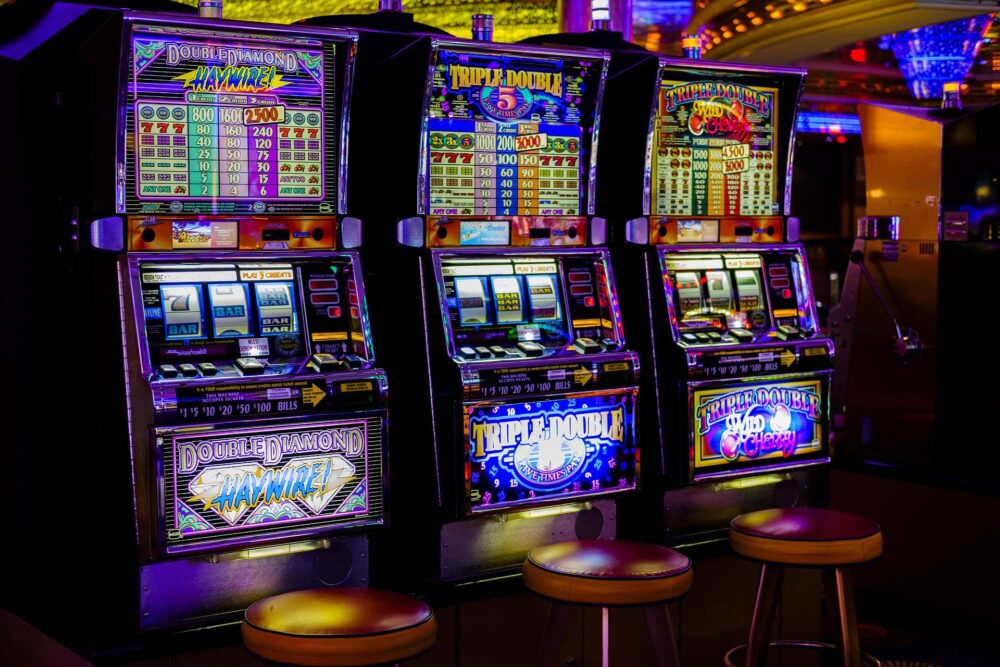Ways that players used to cheat at slot machines

Slots were created in 1894 and you can bet your bottom dollar that cheating at slots was invented soon after. Early slot machines were hand-made by the very people that invented them. Their thoughts were preoccupied with getting these unique gambling machines out to the public so that they could start making a living from their inventions as soon as possible – check out Leander slots.
Whether or not potential punters could learn to cheat their way to the cash prizes hidden inside these machines, was probably just a passing thought in inventor’s minds at the time.
Slot Machine Weaknesses
The problem with early slot machines was that there was a chink in their armour, and this was the lever that had to be pulled by every player to create a successful slot spin. Once slots became commonplace and punters mastered the mechanics of these games, they slowly came to realise that if you manipulated the pressure on the lever when releasing it, you could get the symbols of your choice to land on the pay lines. This needed some practice to get right, but it did eventually become the most used form of cheating at the time.
Magnetism
When slots become more sophisticated thanks to advances in technology, slot gaming cheats decided that they needed to move with the times as well. Instead of lever manipulation which had become old school, magnets were snuck into casinos instead. Here, a powerful magnet brought in by a player would be used to secretly move the metal in the reels, until a favourable winning symbol sequence hit a pay line forcing the slot to automatically pay out.
Currency Manipulation
As slots continued to advance and one cheating opportunity was laid to rest, other dishonest punters created yet more new ways of cheating. Since the machines were tightening up on their weaknesses, punters had to look for new ones.
Eventually, the actual coins placed in slots became the next focus of slot scammer’s attempts at cheating. Some individuals and criminal gangs began to tamper with coins to fool the light sensors in newer slots that were used to register payments. Once a fake or shaved coin was placed into a slot machine, the sensor would read it as real currency and punters could spin the reels with coins of inferior value to what was needed to activate a slot spin.
Fake coins were also mass-produced by gangs and these copies were good enough to fool the light sensors of thousands of slot machines at land-based casinos. This gave scammers plenty of free play and any wins more than covered the costs of creating counterfeit currency.
Monkey Paws and Light Wands
Some slot cheaters became famous because of their exploits, and this was the case with Tommy Carmichael the inventor of the Monkey Paw. This device was intricate enough to reach deep into slot machines and activate the switch that triggered pay outs.
Similarly, the light wand which was a light connected to a piece of wire could block the sensors of fruit machines resulting in the machine paying out far more than it should for each winning spin





